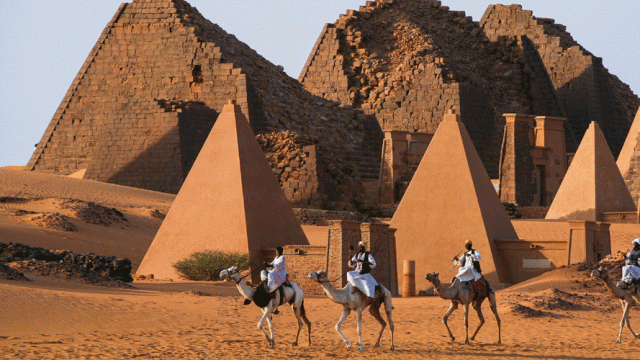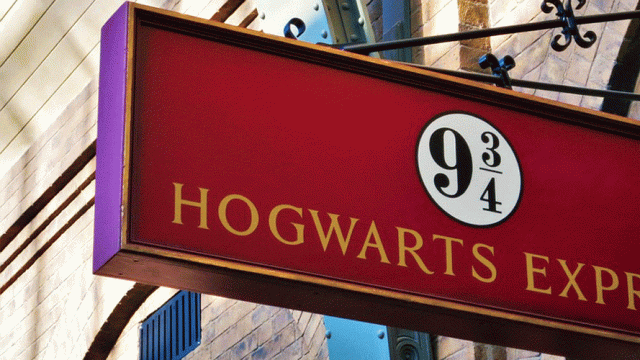

Cricket
Stadiums
Lord's
Home » Destinations » Features » A Fan’s Guide to Lord’s Cricket Stadium in London
Shutterstock

Lord's is a dream destination for many avid cricket fans


Cricket

While tourists usually go to Egypt to see the architectural wonder of the pyramids, head to neighbouring Sudan the next time to see similar pyramids in peace

From the wilderness of the Australian outback to the backwaters of Kerala in southern India, senior citizens are travelling all over the world for adventure and experience

On 20 years of Harry Potter, we solemnly swear that this list will inspire you to take off on a world tour just to see it through JK Rowling’s eyes.
